16 de December de 2021
Sport tech and science Strength and science
Lumbar Spine Stability Exercises For Athletes
The biomechanics of the surrounding joints play a decisive role in the stability of the lumbar spine. The thoracic spine and hip joint must be sufficiently mobile and stable in order to avoid ascending and descending chains of cause and effect and to ensure adequate power transmission during rapid movements. Global and especially local stabilizing muscles of the lumbar spine make an important contribution to the functionality and stability of the lumbar spine. They can be effectively trained with isolated back exercises and multi-joint basic exercises.
Too many people suffer from back pain. Even elite athletes with very high training volumes often experience back pain. The majority of back pain falls into the category of unspecific low back pain, which affects the lumbar spine. Accordingly, it is important for athletes to develop specific and evidence-based programs to improve the functioning of the lumbar spine. However, a lot of back pain can be relieved or prevented with a few simple exercises.
Common causes of pain in athletes
Muscle strains are one of the leading causes of back pain. The strain on the back muscles usually occurs as a result of a violent motion or an over-extension of the back muscles. As a result, one or more back muscles, tendons, or ligaments can be stretched or torn. This condition can eventually lead to chronic lower back pain if it is not treated or fully rehabilitated.
In addition, Herniated discs are also a common cause of low back pain. Herniated discs occur when pressure is applied to the outer fiber of the disc, causing it to tear and the nucleus to rupture, creating numbness and changes in reflexes.
Furthermore, unhealed injuries, poor posture, and poor physical conditioning can also contribute to mechanical lower back pain. An athlete who suffers from this injury will experience general back pain, stiffness, and a restricted range of motion. It is common for athletes suffering from back pain to unconsciously neglect their back muscles when performing certain exercises and activities, making the condition even worse without even realizing it.
Exercises for lumbar spine
The abdominal and back muscles that support the spine can be strengthened by performing these exercises. As those muscles grow stronger, athletes are less likely to suffer from lower back pain.
Important! The following exercises should only be performed if you do not experience severe pain. Pay attention to the basic tension of your body during the strengthening exercises. It is advisable to exercise regularly, preferably daily – the exercises should become an integral part of your everyday life. Perform the dynamic movements 15 times (each). The static exercises should be held for between 15 and 20 seconds.
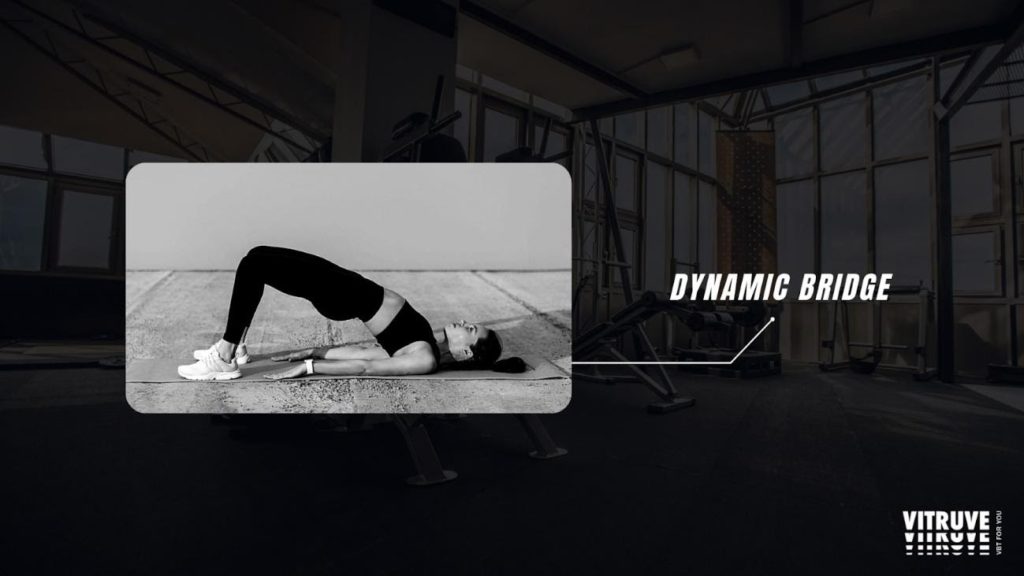
Dynamic Bridge
The “bridge” is a good exercise for strengthening the core muscles and building body tension.
The starting position is the supine position. The legs are set up about hip-width apart. Now slowly raise your pelvis so that the vertebrae separate from the floor one by one. The abdomen and buttocks are tense. Your shoulders, pelvis, and knees should be in a straight line. Hold the exercise before slowly lowering your spine back down. Be careful not to lower your buttocks completely, but stop just before the floor before repeating the upward movement.
If you want to increase the intensity, you can stretch a leg in the “bridge”. It is important that you keep your pelvis as straight as possible – avoid “tipping over” to the side.
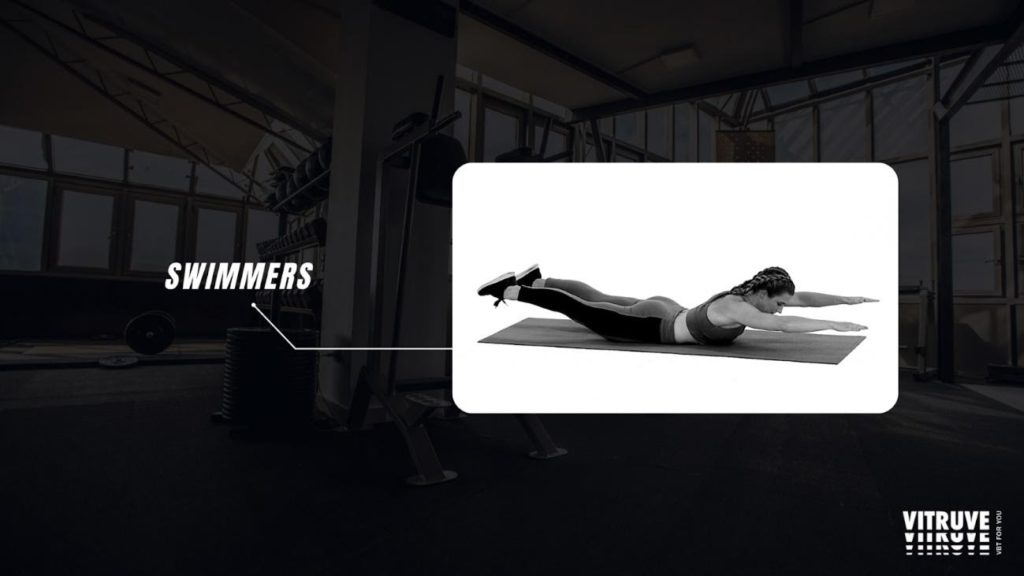
Swimmer
This back exercise is performed in the prone position. Stretch your hands forward over your head and put your toes up. Build up body tension and then alternately raise and lower one leg and one arm (located diagonally). Make sure the neck stays in a straight line with the rest of the body.
In the elevated exercise, you release your upper body, arms, and legs from the floor. Then the extremities are alternately raised and lowered.
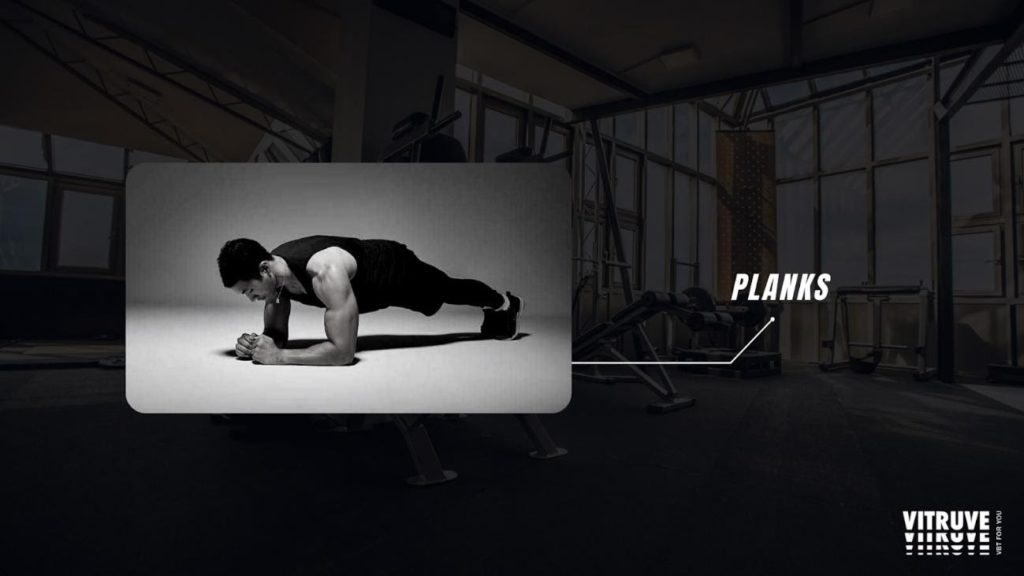
Plank
This exercise is a good way to strengthen the muscles of the abdomen. You start in the prone position, the forearms are propped up and the toes are set up. Now lift the pelvis. Make sure that your head, back, and knees are in a line and that you neither hollow back nor hunch back.
The static forearm support can be increased by alternately lifting one leg slightly off the floor. Make sure that your pelvis does not tilt to the side, but stays straight.
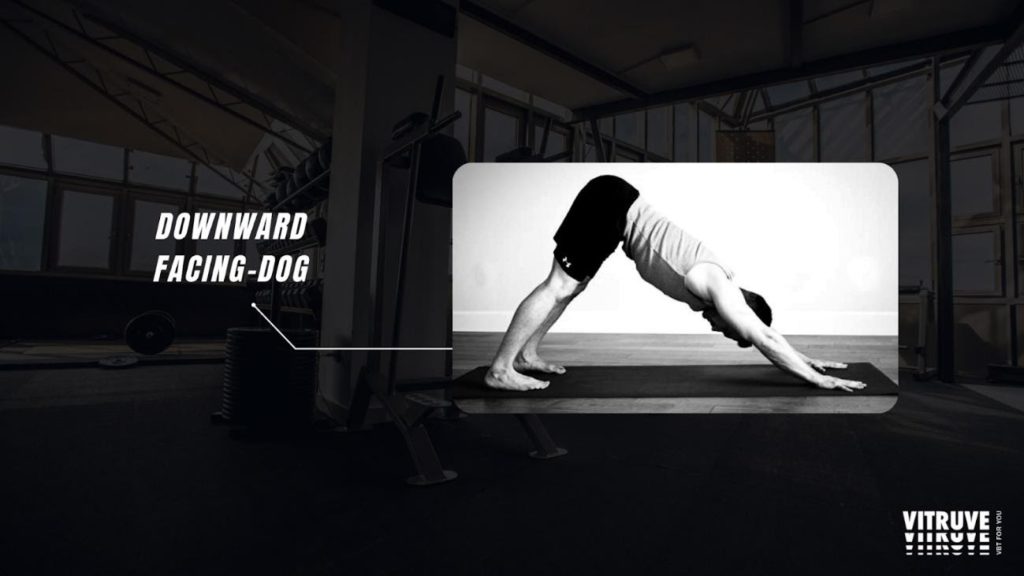
Downward Facing-Dog
This yoga exercise has an effect on the hamstrings and the sciatic nerve. But this stretching position is also good for the entire back.
You can do the exercise from the quadruped position. From there, push your buttocks up, using your hands and feet to support yourself. Ideally, hands, buttocks, and feet form a triangle – if this is not possible with straight legs, you can bend your knees accordingly. However, you should still feel a stretch in your hamstrings.
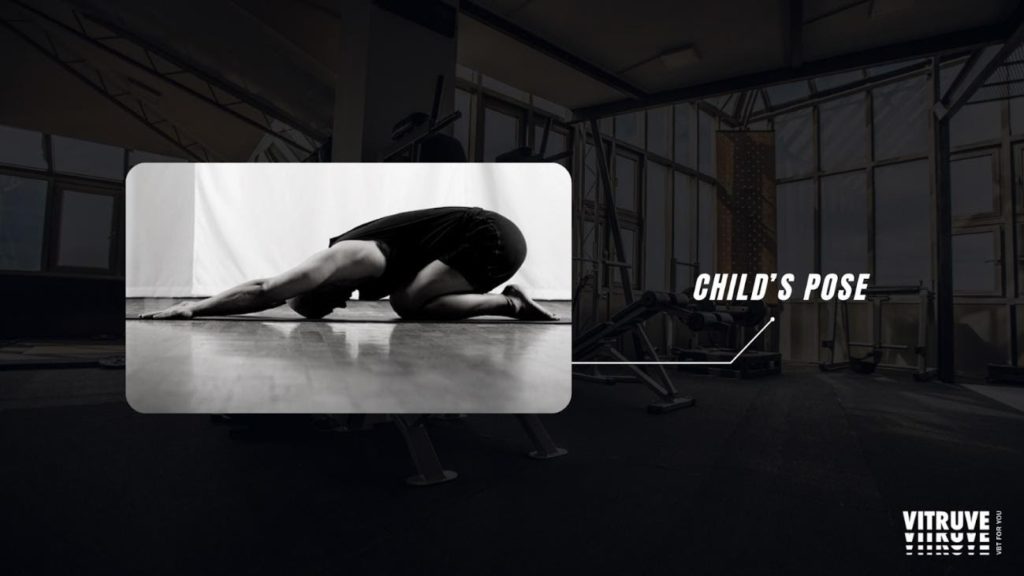
Child’s Pose
Proceed as follows here:
- Kneel on the mat.
- Sit on your heels with your buttocks.
- Slowly bend your torso down toward the floor.
- Gently rest your forehead on the mat.
- The arms are loosely placed next to the body.
Make sure you breathe calmly and evenly and feel the previous exercises. During the next run, you can then specifically target these areas.
Tip: Stretching And Relaxation
At the end of your regular training sessions, it is advisable to take a few more stretching and relaxation postures. In this way, you create a balance for the muscles, connective tissue, and spine from the previous stress. This gives the body the opportunity to regenerate.
Final Words
If you perform gentle, low-impact exercises every day, you will be able to reduce the pain associated with the lumbar spine. However, it is crucial to speak to your doctor to determine which exercises should be performed and which should be avoided based on your anatomy, the level of your pain, your sport of choice, and your level of activity.

